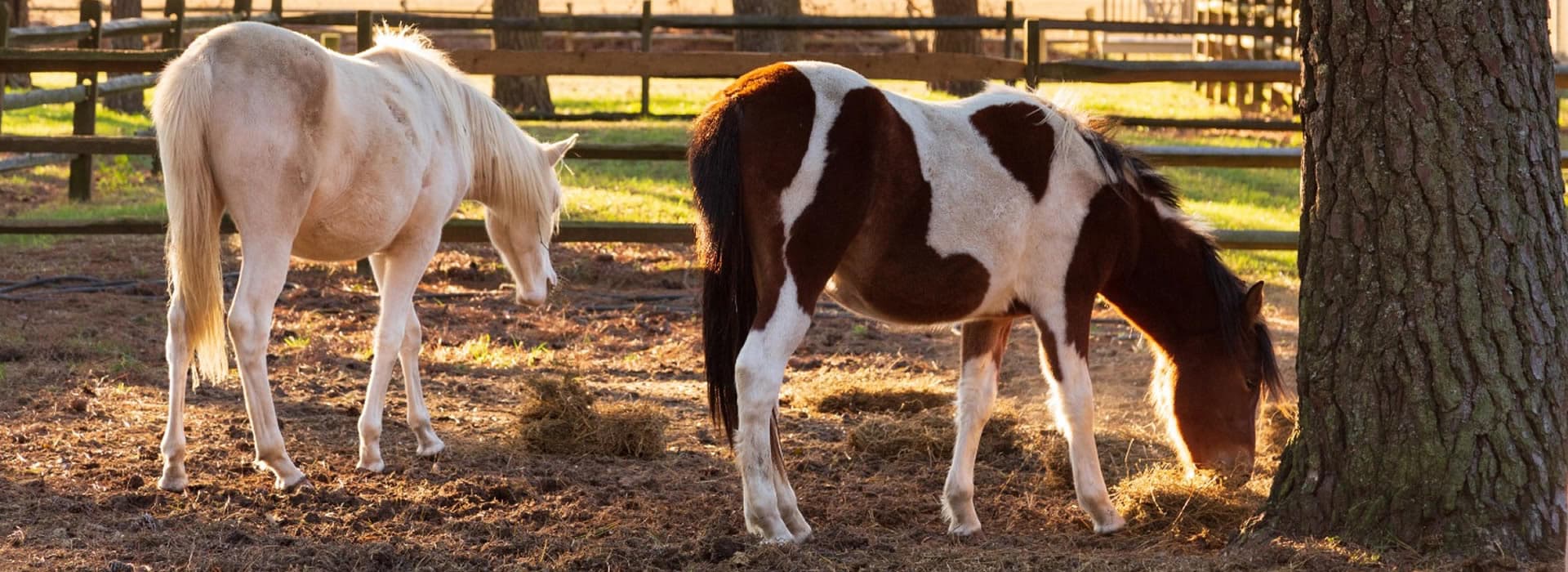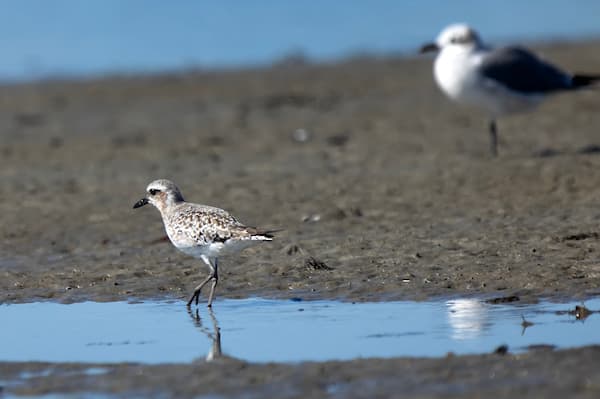
Blog
As we approach the long weekend observing Dr. Martin Luther King Jr’s birthday, all of us here at the Refuge Inn are thrilled to share all the island has to offer in the cooler months with you! During January, Chincoteague and Assateague Islands hold… Read more
3-day Chincoteague New Year's Getaway
Celebrate the transition from 2024 to 2025 with quiet solitude and quirky celebrations on Chincoteague Island. As part of our Virginia is for Lovers promotion, you can stay three nights for the price of two! In a… Read more
Check back soon for updates.
Thanksgiving weekend is a time to nurture the bonds you have with family and friends. On Chincoteague Island, we celebrate Thanksgiving weekend by returning to nature and enjoying the special views our island offers.
We are offering a wonderful speci… Read more
On Chincoteague Island, we celebrate the beauty of the wildlife and the gift to live alongside it all year, but November offers us several opportunities to do so as a community beginning with Veterans Day Weekend. We hope you will join us for the spe… Read more
Halloween is right around the corner, and we can't wait to celebrate this exciting holiday with you! Join us for one (or both!) of the final weekends of this month. Bring your friends and family for fun Halloween pictures on the beach or simply break… Read more
Leaves are falling, and we are thrilled to share all the island has to offer in the cooler months with you! During October, Chincoteague Island is full of adventurous locations to keep you busy. Join us as we celebrate our Annual Chincoteague Oyster … Read more
Fall is here, and we could not be more excited to share the Fall Pony Roundup with you! This is one of the few times each year that visitors can see the ponies up close in person. Come join us for this special occasion, and enjoy a few adventures in … Read more
As we begin to enjoy cooler temperatures on the island, time-honored events continue to draw crowds from all over the country. Many island favorites including eateries, shops, and even the Assateague Lighthouse (open on Saturdays) are still open to e… Read more
Stay two nights at the regular rate, and get a "Bike Bucks" certificate for two free 24-hour bicycle rentals at the Bike Depot next door. Valid on stays booked after March 29, for stays during May and June, 2024. Excluded Dates: May 25-26; June… Read more


